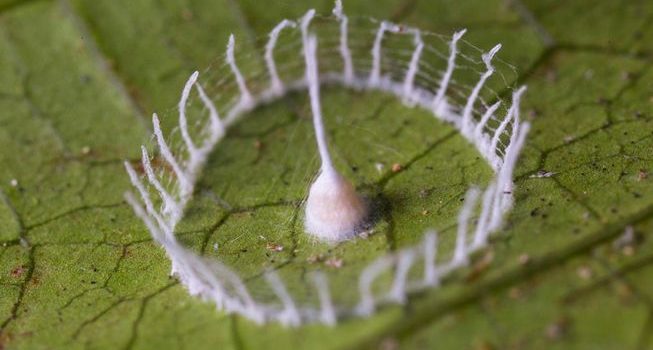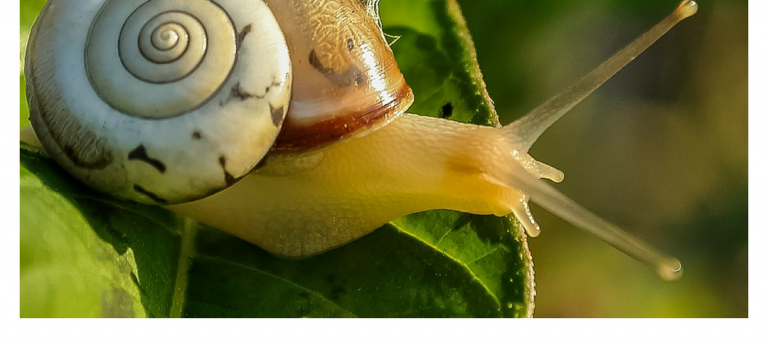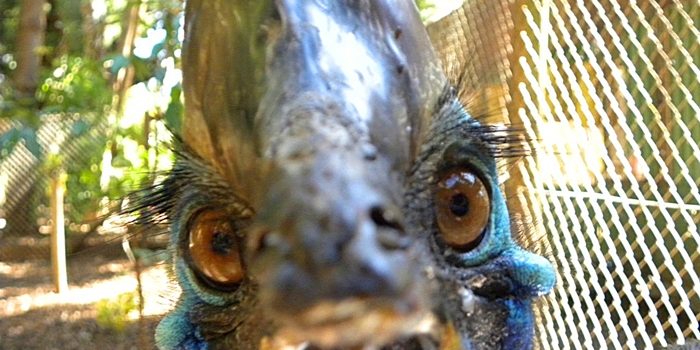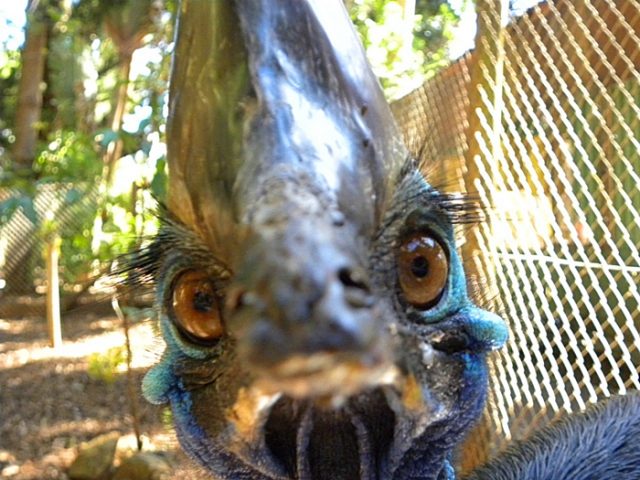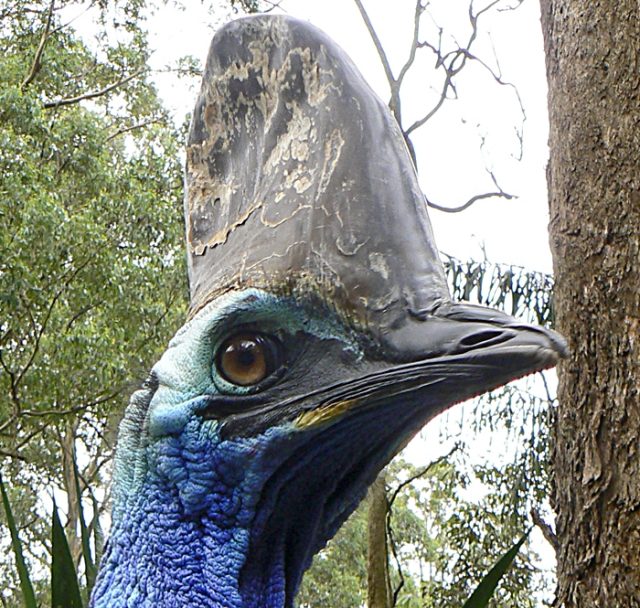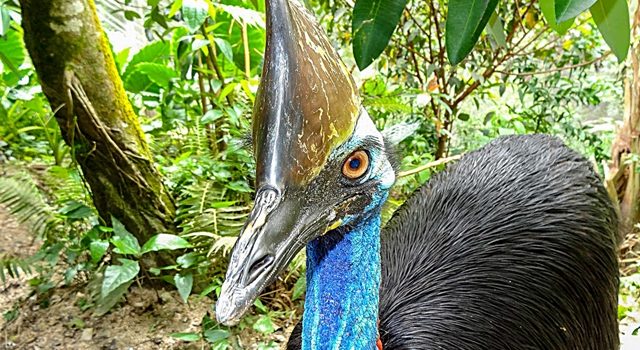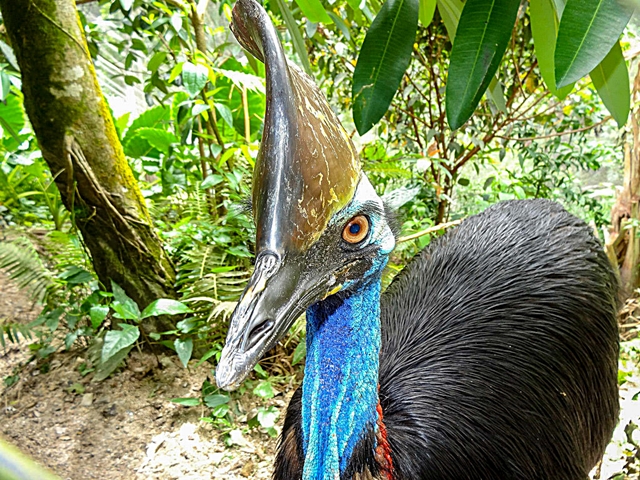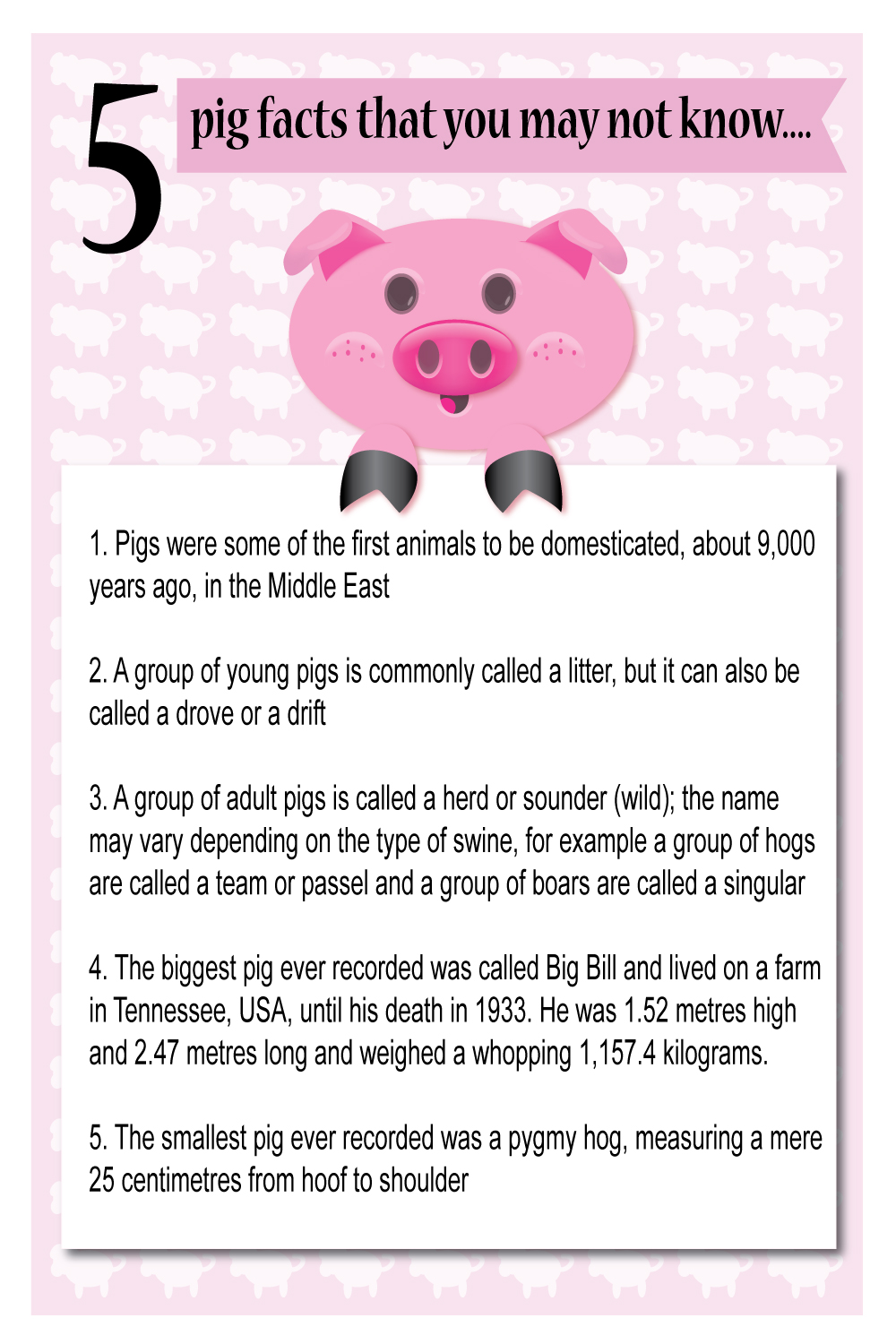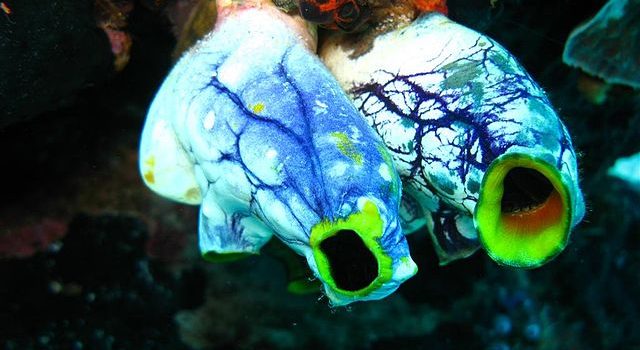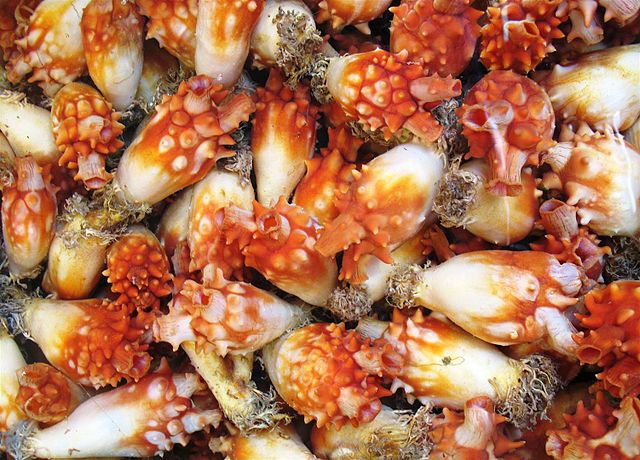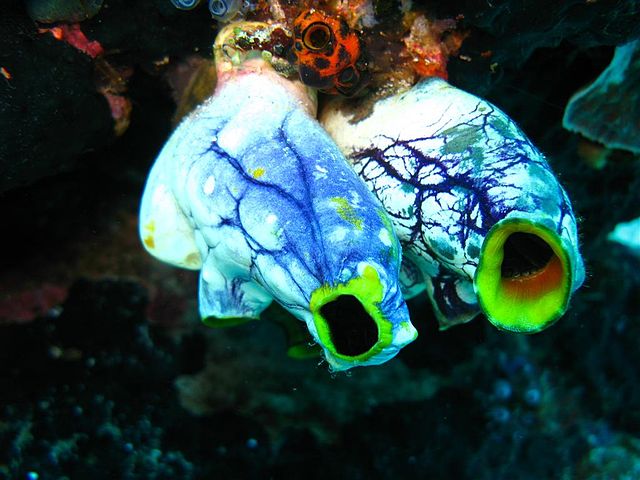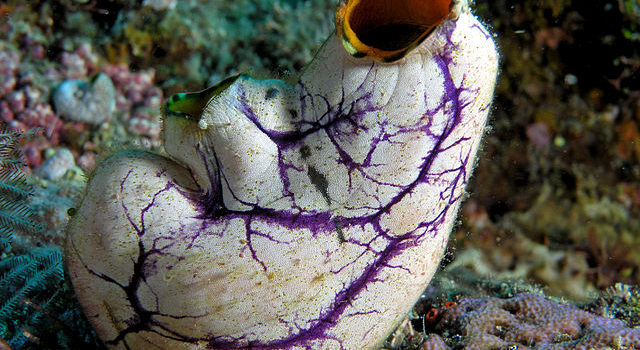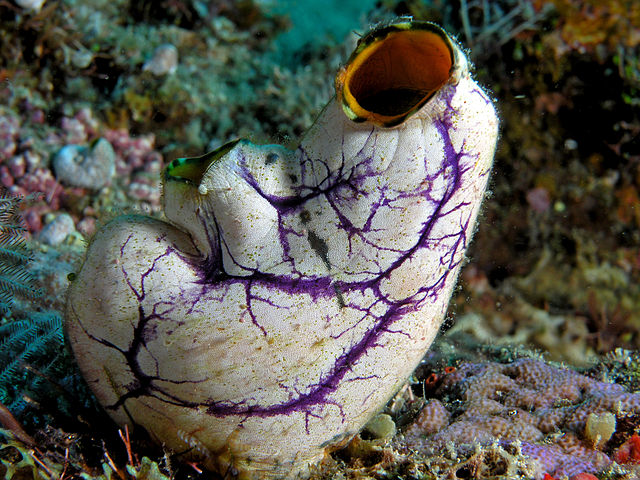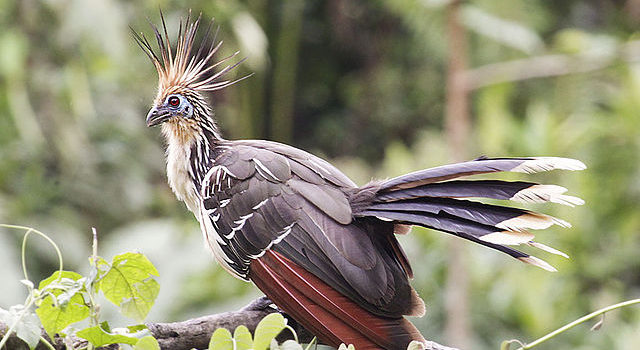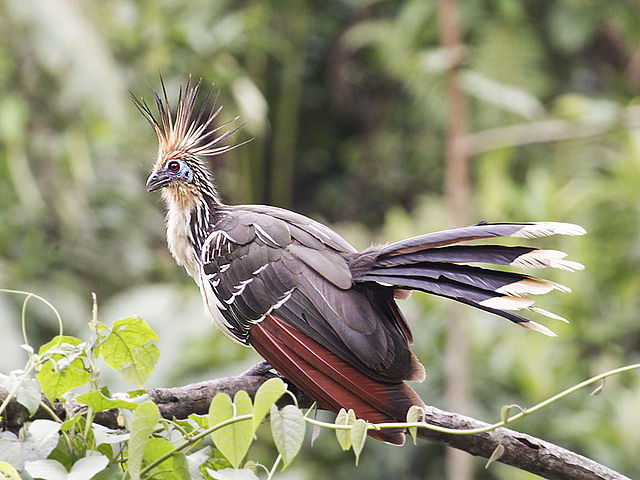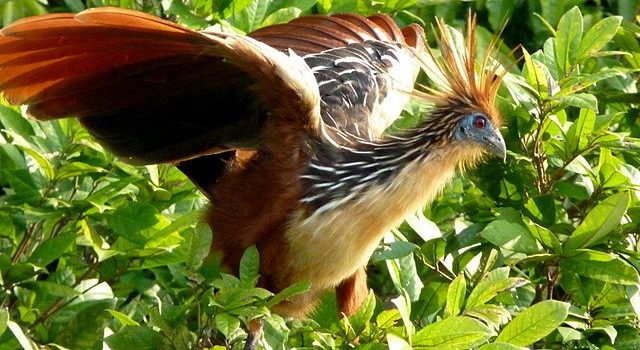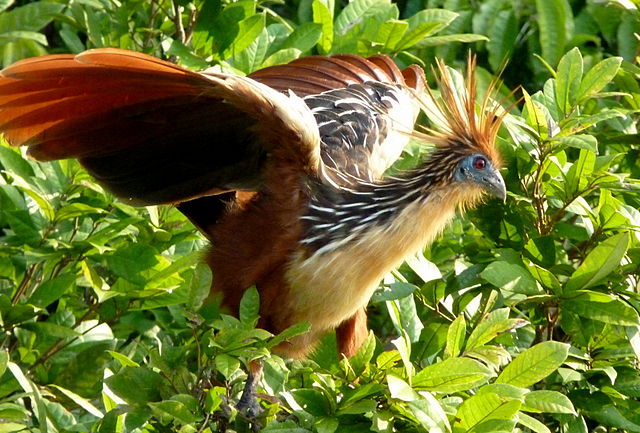How did you do with this week’s mystery creature (or more accurately… mystery structure). A few of you got it spot on, well done.
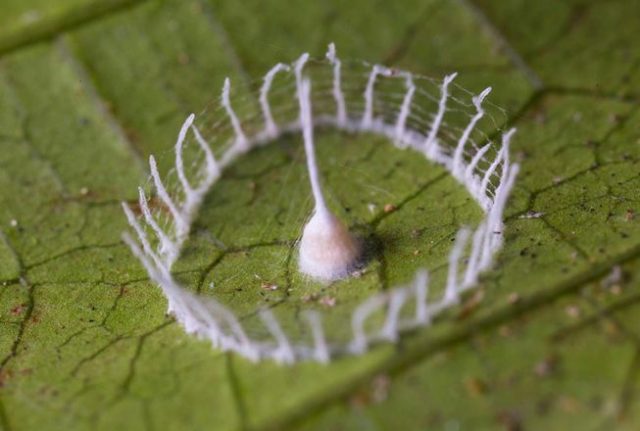
Image credit:Phil Torres (with permission)
This stunning piece of architecture was built by…
The Silkhenge spider!
This tiny structure is made up of two parts, a central spire on the inside and an outer (round) fence like structure, a little more than 0.5 cm in diameter. The entire structure is made of silk and there are threads attaching both the inner column and the outer ring.
This structure is amazing for so many reasons;
Firstly, it was only discovered as recently as 2013, by Troy Alexander, in the Tambopota Research Centre in the South Eastern Peruvian Amazon. Originally there was much speculation as to whether a spider was actually the creator at all. Some suggested it was the work of a caterpillar, others thought it was a fungal structure of some sort.
Secondly, no spider has ever actually been seen creating these structures! Researchers did finally observe small spiderlings that had hatched from the central structure. Usually there is just one solo spiderling , occasionally there are two. This is extremely rare for spiders, as you are much more likely to find tens, or even hundreds of eggs within the one egg sac. It is possible that the female spider that makes these structures, makes many, maybe there are better chances if survival of the eggs are dispersed over a wider area. A literal case of not putting all your eggs in one basket?
Check out this fantastic video by Phil Torres and Aaron Pomerantz as they capture the moment two spiderlings hatch (it really captures an exciting moment in the discovery process)…
Video Credit:Phil Torres
Thirdly, scientists are still unsure what purpose the structures serve. Do they have a protective role: a fence to keep out predators? Or do they act like a typical web, trapping insects and filling the nursery larder with a food supply for the hungry hatchling?
Finally, the most bizarre part of this story is that the adult spider, the skilled architect behind these constructions, is still unknown. As mentioned in the video above, DNA barcoding has not yielded any positive results. No doubt the answer will come soon, but in the meantime, it is still a case of speculation and wonder, often a very fun part of scientific research 🙂
I’ll be posting March’s mystery creature next Monday so remember to stop by!
